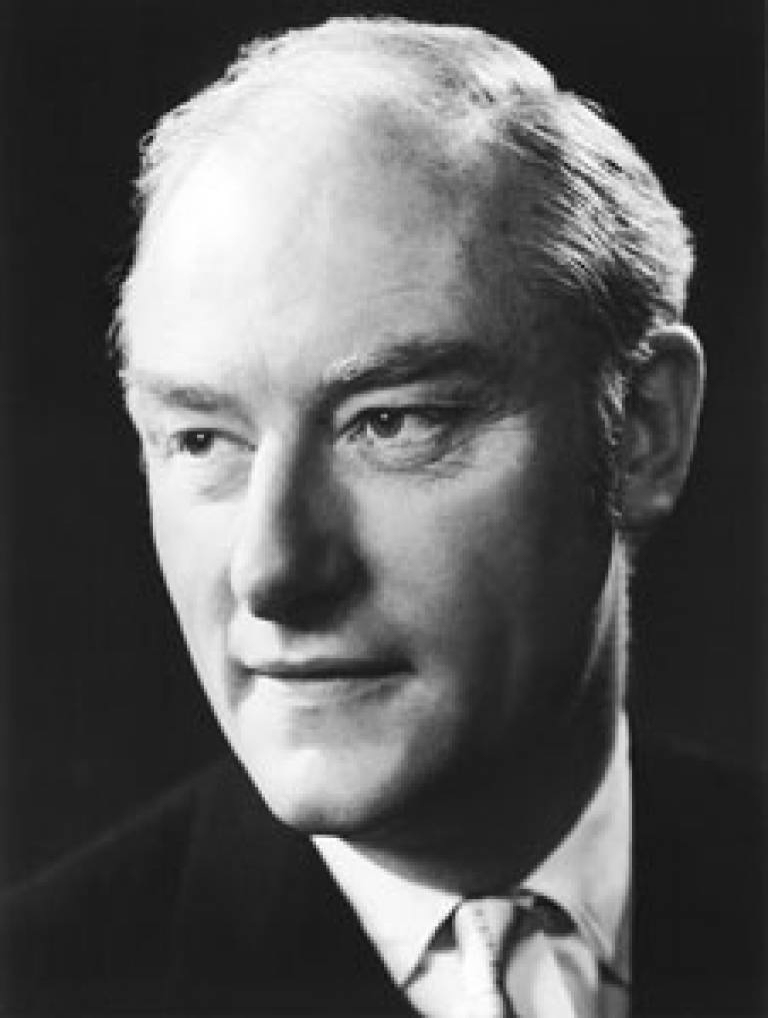
ecosystem

It takes a giant leap of faith to suggest unproven chemical evolution set in motion the cosmic convergence of conditions essential for life to exist anywhere in the universe. It takes another blind leap to believe biological evolution took over and generated life on Earth spontaneously.
The mass, color, location, and luminosity of stars; an ideal sized moon to control Earth’s axis tilt and the inclination of earth’s orbit; and a terrestrial crust with moving tectonic plates—all combine to set the stage for life within the crosshairs of a minuscule terrestrial spot in an infinity of space.
“Almost everything about the basic structure of the universe…the fundamental laws…of physics and the initial distribution of matter and energy…is balanced on a razor’s edge for life to occur.” Michael J. Murray, Reason for the Hope Within (Grand Rapids, MI: Eerdmans, 1999) 48.

Instead of blistering heat or deadly radiation, energy from the sun comes calibrated in a range maximizing a life-friendly environment. Sunlight also delivers a riot of kaleidoscopic colors embellishing environments as a psychological bonus. Restful sky-blues, backlighting forests of multi-hued greens define the landscape—a rainbow of accents, drenching the skyline with pastel shades of shimmering pinks, lavenders, and crimson-golds. Shifting combinations of the sun’s rays conspire to induce peace.
Earth’s privileged ecosystem thrives on balanced land/water ratios, all nestled within a thin atmospheric envelope with delicately matched ratios of oxygen, carbon dioxide, ozone, and nitrogen. Add a dash of carbon and a touch of sulfur. Finally, bolster the formula with some nitrogen and phosphorous. Sunshine, atmosphere, electromagnetism, gravity, and a full range of elements identified on the periodic table, anchor the all-or-nothing list of absolutes. But that’s only the beginning of a life-essential base for a package of a mutually supportive co-dependent mix.
Absent scientific supporting evidence, while unaware a living cell had a nucleus, Charles Darwin conjectured that all plant and animal life forms evolved gradually from a single, simple living cell over millions of years. Dismantling the 200,470 words contained in the Sixth Edition of Darwin’s Origin of Species demonstrates the impossibility of his theory on steroids.
A B C D E F G H I J K
L M N O P Q R S T U
V W X Y Z . : ; ? – “ ( )
If every letter, in each word, and every punctuation mark in the book were sliced into individual bits of paper, scattered across the ground, the odds of the scraps reassembling themselves into book form seem impossible.
Could these paper bits self-organize into book form?
Could this English alphabet reorganize as the Origin of Species?
Would millions of years of exposure increase possibility?

“The number of intermediate and transitional links between all living and extinct species must have been inconceivably great…Geological research…does not yield the infinitely many fine gradations between past and present species required on the theory…If it could be demonstrated that any complex organ existed, which could not possibly have been formed by numerous, successive, slight modifications, my theory would absolutely break down.”
Charles Robert Darwin
Can evolution theory identify the ancestor of the Peacock?
Where are the “inconceivably great” number of transitional fossil links?
Why is a giant fossil nautilus a dead ringer for its living descendant?
“To suppose that the eye…could have been formed by natural selection, seems, I freely confess, absurd to the highest degree.”
Charles Robert Darwin
To jump from the fragile stretch of chemical evolution into self-created life followed by gradual biological evolution leading from a simple cell up the taxonomic ladder to family, order, and class defies irreducible complexity. A partially function organ, such as an eye, would be useless.
Unless an eye could exist as a component of a fully-formed living organism, with “Simultaneous Functionality” of an operational set of organs, life could not exist. When a heart, lung, or kidney fail, death is the likely dividend.
The “eyes” have it!

© Rob Hainer

Without the magnifying power of electron microscopes, 19th-century scientists dismissed living cells as “structureless globules of protoplasm.” Darwin lacked the faintest clue that a cell even had a nucleus, much less DNA. Evolutionists attempted to link fossils for supporting evidence.
Fossils offered a fascinating, macro glimpse of ancient life but a distracting diversion from the micro reality of genetic relationships. Where fossil skulls of two mammals of the same species are discovered in close proximity, without DNA it’s not possible to tell which is the ancestor, or if they were even related. While descendant species may be smaller in size from fossil ancestors, stasis pervades the fossil record.
Can evolution theory explain the origin of DNA?
Mutations corrupt DNA but don’t deliver new genetic information.
Neither hybridization or gene-splicing is Darwinian evolution.
“If Darwinian style evolution happens or doesn’t happen,
it happens or doesn’t happen genetically.” 1
Sean Pitman
“DNA contains the genetic blueprint of life…It gives instructions to the rest of the cell to make proteins, and it passes this same information on to the next generation…Without DNA, living organisms cannot survive.”
Carl Werner, Evolution: the Grand Experiment
(Green Forest, AR: New Leaf Press, 2007) 192, 193

Francis Harry Compton Crick
1916 – 2004
“Francis Harry Compton Crick was a British molecular biologist, biophysicist, and neuroscientist. In 1953, he co-authored, with James Watson, the academic paper proposing the
double helix structure of the DNA molecule.”
Wikipedia
© 2023 Warren L. Johns. All Rights Reserved.
Genesis File is an educational website.
While not a format for debate, the Editor welcomes all good faith contacts.